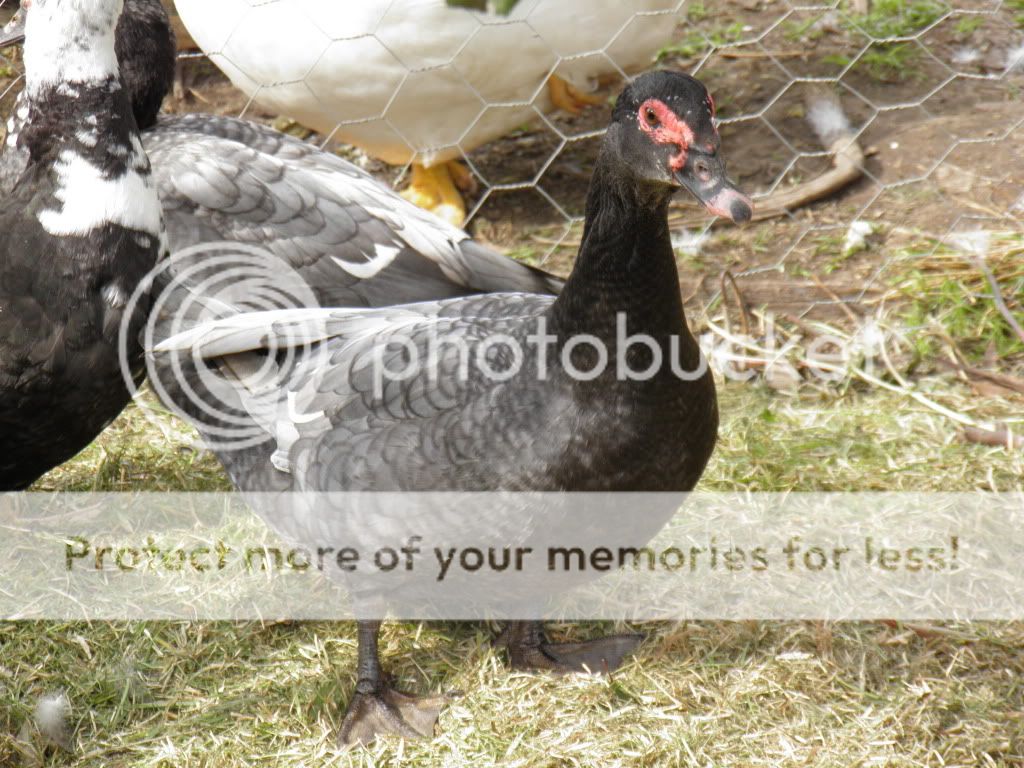hi all.
i need some help with genetics here. here's a bit of a puzzle in one of my breeding pens, bearing in mind that i know how to identify the difference between the two but other than that nothing.
drake silver - unknown type
drake into atipco duck produced 100% atipico offspring(afterthought:8 of these ducklings have no pigment thus far so possible wild types as well)
same drake into unknown duck produced 2 wild type 8 atipico
same drake into atipico duck produced so far(today wiht 4 more to hatch) 7 wild type 2 atipico
does this mean that my drake is atipico but carries one dose of wild type(is this possible?) or is he in fact wild type?
second question, does either of these types affect the general size and type(shape) of the birds? eg, will i get bigger more show looking birds from atipico?
i need some help with genetics here. here's a bit of a puzzle in one of my breeding pens, bearing in mind that i know how to identify the difference between the two but other than that nothing.
drake silver - unknown type
drake into atipco duck produced 100% atipico offspring(afterthought:8 of these ducklings have no pigment thus far so possible wild types as well)
same drake into unknown duck produced 2 wild type 8 atipico
same drake into atipico duck produced so far(today wiht 4 more to hatch) 7 wild type 2 atipico
does this mean that my drake is atipico but carries one dose of wild type(is this possible?) or is he in fact wild type?
second question, does either of these types affect the general size and type(shape) of the birds? eg, will i get bigger more show looking birds from atipico?
Last edited:













